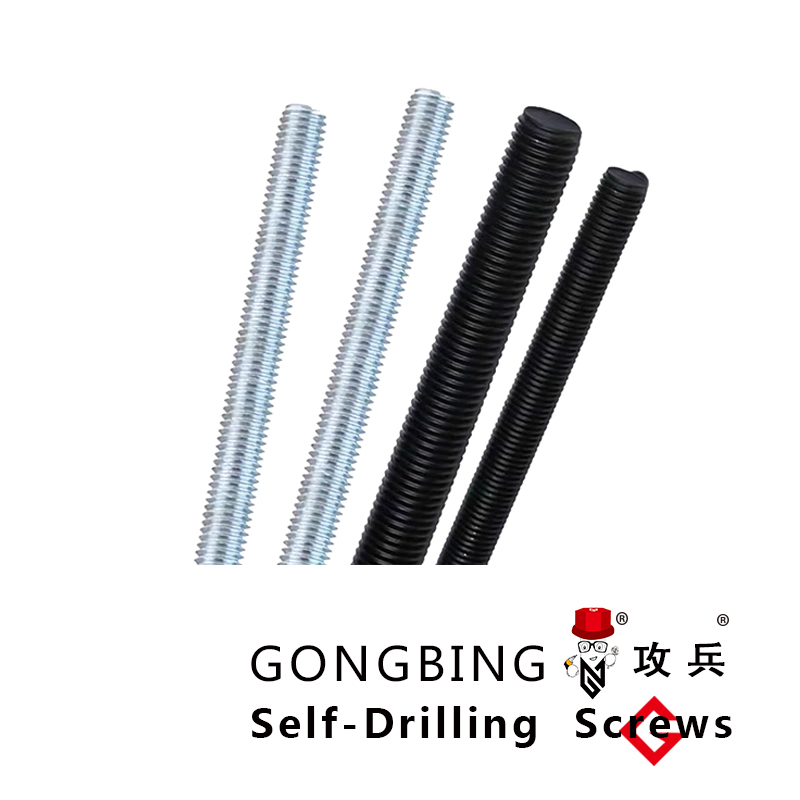Shear Connectors in Concrete Applications for Enhanced Structural Performance
Concrete Shear Studs Enhancing Structural Integrity in Construction
In the realm of civil engineering and construction, the need for materials that can enhance the strength and durability of structures is paramount. One such innovation that has gained traction in recent years is the use of concrete shear studs. These specialized connectors play a crucial role in composite construction, particularly when integrating steel and concrete elements. Understanding their design, function, and applications can significantly enhance the structural integrity and longevity of buildings and infrastructures.
What Are Concrete Shear Studs?
Concrete shear studs are typically short, cylindrical steel elements that are welded to the top flange of a steel beam before the concrete slab is poured. Their primary purpose is to provide a mechanical interlock between the concrete and steel, ensuring that the two materials act together to resist shear forces. This synergy between concrete and steel results in a composite action that optimizes the load-bearing capabilities of the structure.
Importance of Shear Connectors
The need for shear connectors arises from the inherent properties of concrete and steel. Concrete is excellent in compression but weak in tension, while steel excels in tension but has limited compressive strength. By combining these materials, engineers can exploit the strengths of each, resulting in a more efficient and robust structural system. Shear studs, therefore, are critical in transferring shear loads, preventing separation of the two materials, and maximizing the overall performance of the composite structure.
Design and Specifications
The design and placement of concrete shear studs are governed by various codes and standards, which dictate the dimensions, spacing, and welding requirements to ensure effective performance. Factors such as load expectations, environmental conditions, and the specific configuration of the structure significantly influence these parameters. Typically, shear studs are installed in rows along the beam's length, with spacing determined based on structural calculations and the intended application.
concrete shear studs

The size and length of the studs also play a vital role. Standard sizes range from 10 to 20 mm in diameter, with lengths varying to accommodate different slab depths. The weld quality is crucial, as any failure in the connection can lead to catastrophic structural failure. Therefore, rigorous inspection and testing protocols are essential during the installation process.
Applications in Construction
Concrete shear studs find their application in a variety of construction scenarios. They are predominantly used in multi-story buildings, bridges, and parking structures, where composite action between steel beams and concrete slabs is essential for load distribution. Their ability to enhance structural performance makes them invaluable in areas subject to dynamic loads, such as seismic regions or areas with heavy traffic loads.
In addition to their strength-enhancing properties, concrete shear studs can contribute to the overall efficiency of construction projects. Their installation can speed up the construction process, as they allow for quicker setting of concrete slabs. Furthermore, they can reduce the amount of concrete needed for a given structural system, leading to cost savings and minimizing material waste.
Challenges and Considerations
Despite the benefits, there are challenges associated with the use of concrete shear studs. Proper installation requires skilled labor and adherence to strict quality control measures. Inadequate welding can lead to failure under load, emphasizing the need for thorough training and supervision of workers. Additionally, the initial costs of shear studs and their installation can be a concern for project budgets. However, when considering their long-term performance and the potential for extended lifespan of structures, the investment is often justified.
Conclusion
Concrete shear studs are a vital component in modern construction, offering enhanced structural integrity and performance. As the demand for innovative and efficient building solutions continues to grow, the role of shear connectors like concrete shear studs will become increasingly important. By understanding their function, design, and applications, engineers and architects can create safer and more durable structures that meet the needs of today and tomorrow. The integration of concrete shear studs exemplifies the innovative spirit of contemporary engineering, pushing the boundaries of what is possible in the construction industry.
-
Wedge Anchor Bolts: Secure Fastening SolutionsAkụkọAug.05,2025
-
Insulation Fixings: Secure and Durable SolutionsAkụkọAug.05,2025
-
Full Threaded Studs: Versatile Fastening SolutionsAkụkọAug.05,2025
-
Expanding Fasteners: Secure and Reliable SolutionsAkụkọAug.05,2025
-
Butterfly Toggle Anchors: Secure and Easy to UseAkụkọAug.05,2025
-
Bracing Solutions for Steel StructuresAkụkọAug.05,2025
